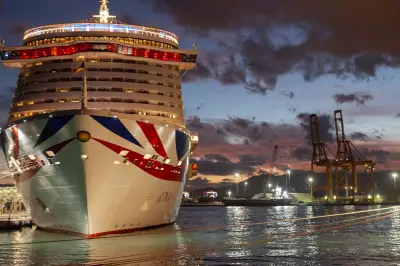
Ever found yourself white-knuckled during a turbulent flight, wondering if the pilots are just as terrified as you are? According to one seasoned airline captain, the reality inside the cockpit during bumpy weather might surprise you.
The Calm in the Storm
Patrick Smith, an experienced pilot and author of Cockpit Confidential, explains that what passengers perceive as "severe turbulence" is often considered merely "moderate" by flight crews. "The aircraft is designed to withstand forces far beyond anything it would encounter in even the most extreme weather conditions," Smith reveals.
What Really Happens Up Front
While passengers might be gripping their armrests in panic, the cockpit typically remains a hub of calm professionalism. Pilots have several tools at their disposal:
- Weather radar systems that help anticipate and avoid the worst patches of turbulence
- Communication with other aircraft sharing real-time weather reports
- Altitude adjustments to find smoother air at different flight levels
The Safety Record Speaks Volumes
Smith emphasises a crucial statistic that should reassure nervous flyers: "There hasn't been a fatal turbulence-related accident involving a major airline in over four decades." Modern aircraft engineering has made commercial flying remarkably safe, even when the ride gets bumpy.
Why Seatbelts Are Non-Negotiable
The greatest danger during turbulence isn't to the aircraft itself, but to unrestrained passengers and crew. "The number one rule remains simple," Smith stresses. "Keep your seatbelt fastened whenever you're seated. That single precaution prevents virtually all turbulence-related injuries."
So the next time your flight hits some rough air, remember that while the experience might be uncomfortable, your pilots are trained professionals handling the situation with expertise and calm precision.





